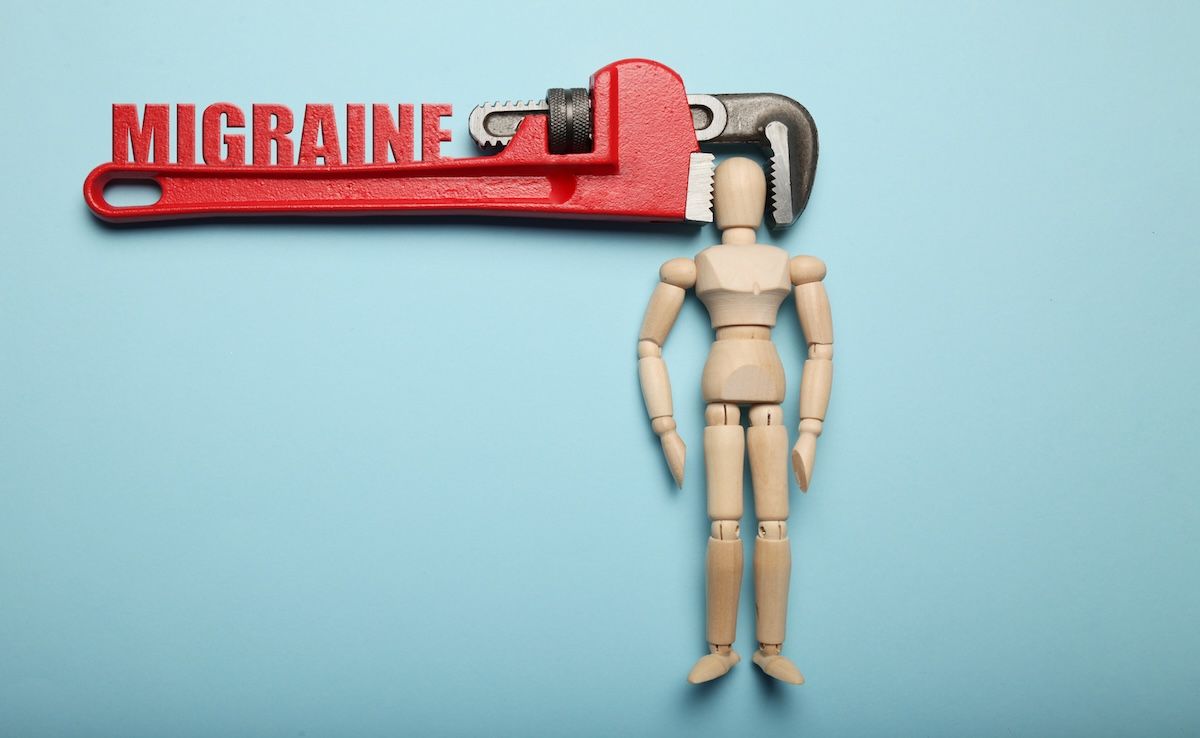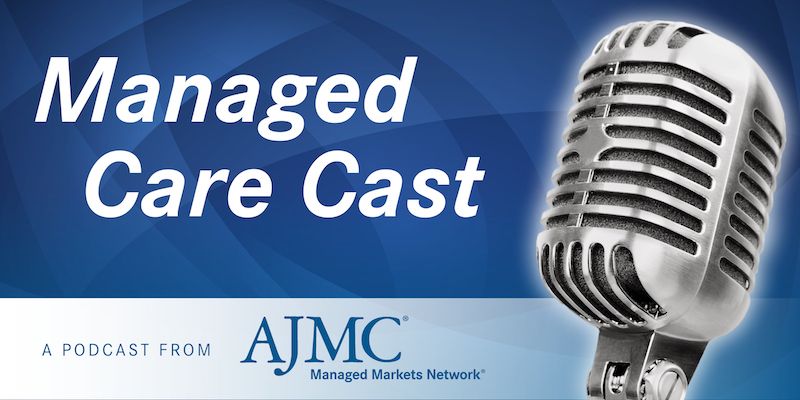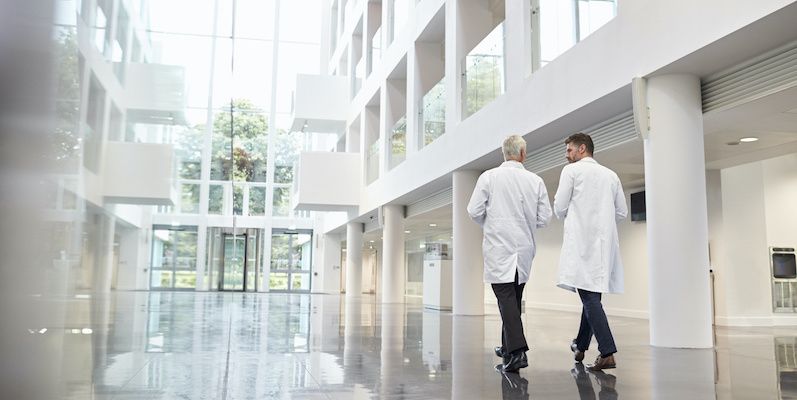Article
Current Stimulation to Occipital Cortex Effective in Treating Episodic Migraine
Author(s):
In a study published December 26 in the Journal of Clinical Medicine, researchers tested the effects of cathodal transcranial direct current stimulation in the occipital cortex of 42 patients with episodic migraine.
In a study published December 26 in the Journal of Clinical Medicine, researchers tested the effects of cathodal transcranial direct current stimulation (tDCS) in the occipital cortex of 42 patients with episodic migraine.
They determined that tDCS applied to this region of the brain is an effective and well tolerated alternative to medicinal treatments usually prescribed to patients with episodic migraine.
The randomized, double blind, sham-controlled study constituted of 3 consecutive daily sessions of tDCS in patients following a screening visit and a 7-day preintervention period. After the 3-day intervention period, researchers followed up with patients after 14 days. In addition, a “washout period” of 1 week was included between arms of the study. Patients and investigators analyzing the data were both blinded to the assigned arm of each test period.
The study yielded the following results:
- Reduced number of migraine days (with respect to the primary end point) at week 1 (1.60 [0.23]; P <.001) and week 2 (1.50 [0.26]); P <.001)
- A significant decrease in visual analogue scale scores (to measure intensity of migraine attacks) at week 1 (1.17 [0.17]; P <.001) and week 2 (1.01 [0.19]; P <.001)
- A reduction in tablet consumption at week 1 (0.30 [0.06]; P <.001) and week 2 (0.22 [0.08]; P = .002)
- A significant increase in the number of headache-free days at week 1 (0.62 [0.11]; P <.001) but not at week 2 (0.45 [0.14];P = .006)
- No significant changes were observed following the sham block
Patients were required to keep a diary throughout the entire process, including the sham and intervention periods. The mean age of the sample was 36.5 years while the mean age of onset of episodic migraine was 23.7 years. Most of the patients included in the study were female, and only 3 patients reported they did not receive any sort of regular treatment for migraine prior to the study.
With results showing “a reduction in the number of migraine days (1.6 fewer migraine days per week) and migraine intensity, and a parallel reduction in tablets consumption,” researchers are hopeful this treatment will be a viable option for patients in the future.
“Treatment effects were observed as early as the first week and persisted for the entire follow-up period (2 weeks in total). The immediate onset of action is in steep contrast with pharmacologic prevention of migraine that typically requires several weeks or months to start working,” the authors wrote.
Patients considered all of the adverse effects listed in the poststudy questionnaire to be mild in severity.
“The technique is effective, widely available, and easy to implement,” the authors wrote. “It has limited contraindications and carries no risk of medication-induced headaches.”
tDCS can also be utilized by populations “with limited therapeutic options such as pregnant/breastfeeding women, and patients with comorbidities and contraindications to medical treatment,” according to the authors.
Researchers note that although the results support the efficacy of tDCS in terms of prevention, the study lends no answers to the question of migraine’s underlying mechanisms.
Reference
Ahdab R, Mansour AG, Khazen G, et al. Cathodal transcranial direct current stimulation of the occipital cortex in episodic migraine: a randomized sham-controlled crossover study. J Clin Med. 2019;9(1). doi: 10.3390/jcm9010060.

Optimizing Episodic Migraine Care: ACP’s Latest Treatment Guidance

Update on Migraine Patient Care Challenges During the Pandemic

CGRP Inhibitors: A Promising New Class of Drugs for Migraine


